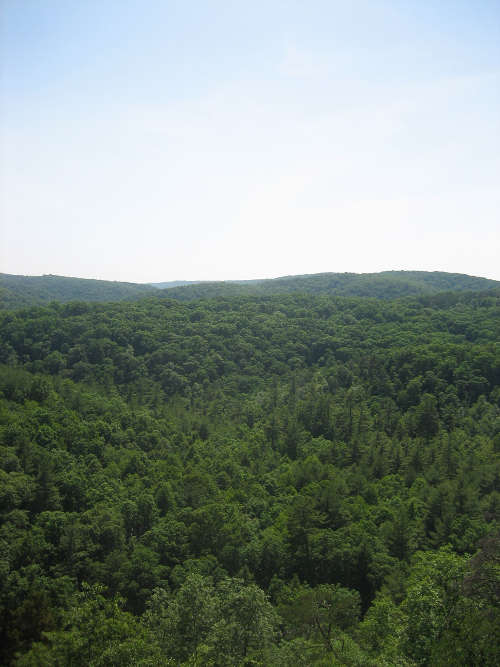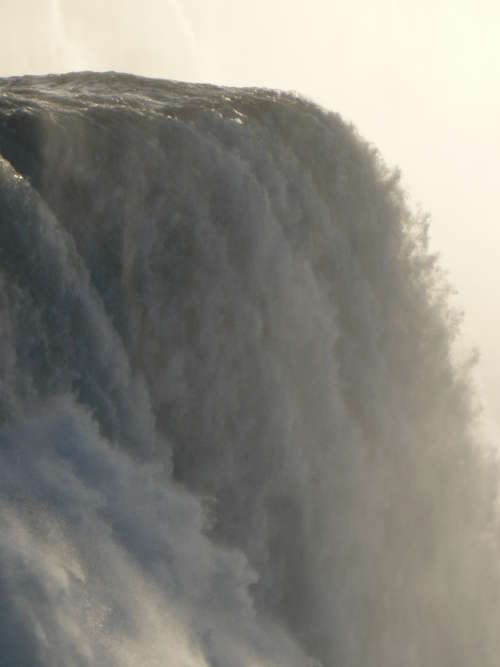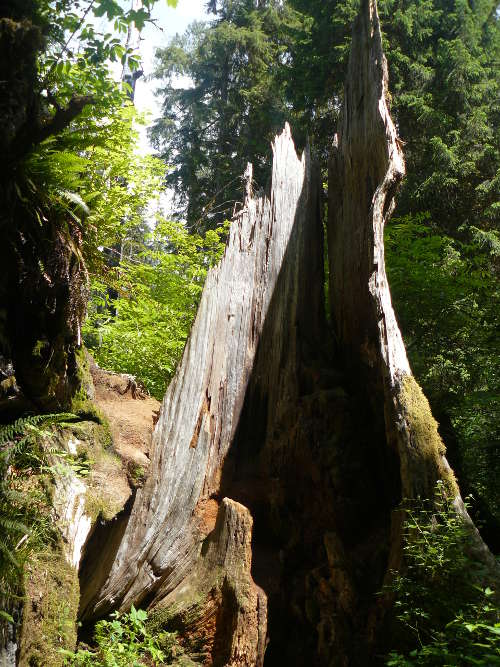 Location Taken: Western Maryland
Location Taken: Western Maryland
Time Taken: June 2007
The Appalachian Mountains are very different from what the stereotypical mountain looks like. There are no high rocky peaks, no streaks of white snow. In these lands, the mountains are rounded off, with a rowdy coating of trees.
They are mountains, though. It’s still difficult to travel through this part of the world, and passes still need to be found. But put them against, say, the Rockies, and they become nothing but foothills in comparison.
So why the difference? Why are these mountains not as grandiose as the rocky peaks found elsewhere?
The answer is time. Large amounts of time.
When these mountains first formed, as what is now Africa slammed into what is now North America and the supercontinent Pangaea formed, they were as tall and majestic as the Himalayas are today. However, this was some 480,000,000 years ago, give or take a few million. The tall mountains peaks eroded away as the years passed and the continents split once more.
Now all that’s left is the hard curls of rock that were once the heart of the mountains. Thousands of feet of rock have eroded off of them, by the hand of water and ice and green growing things. And the erosion continues. Perhaps in another hundred million years, there will be a vast plain where these gentle mountains now dwell.
 Location Taken: Hoh Rainforest, Olympic National Park
Location Taken: Hoh Rainforest, Olympic National Park



